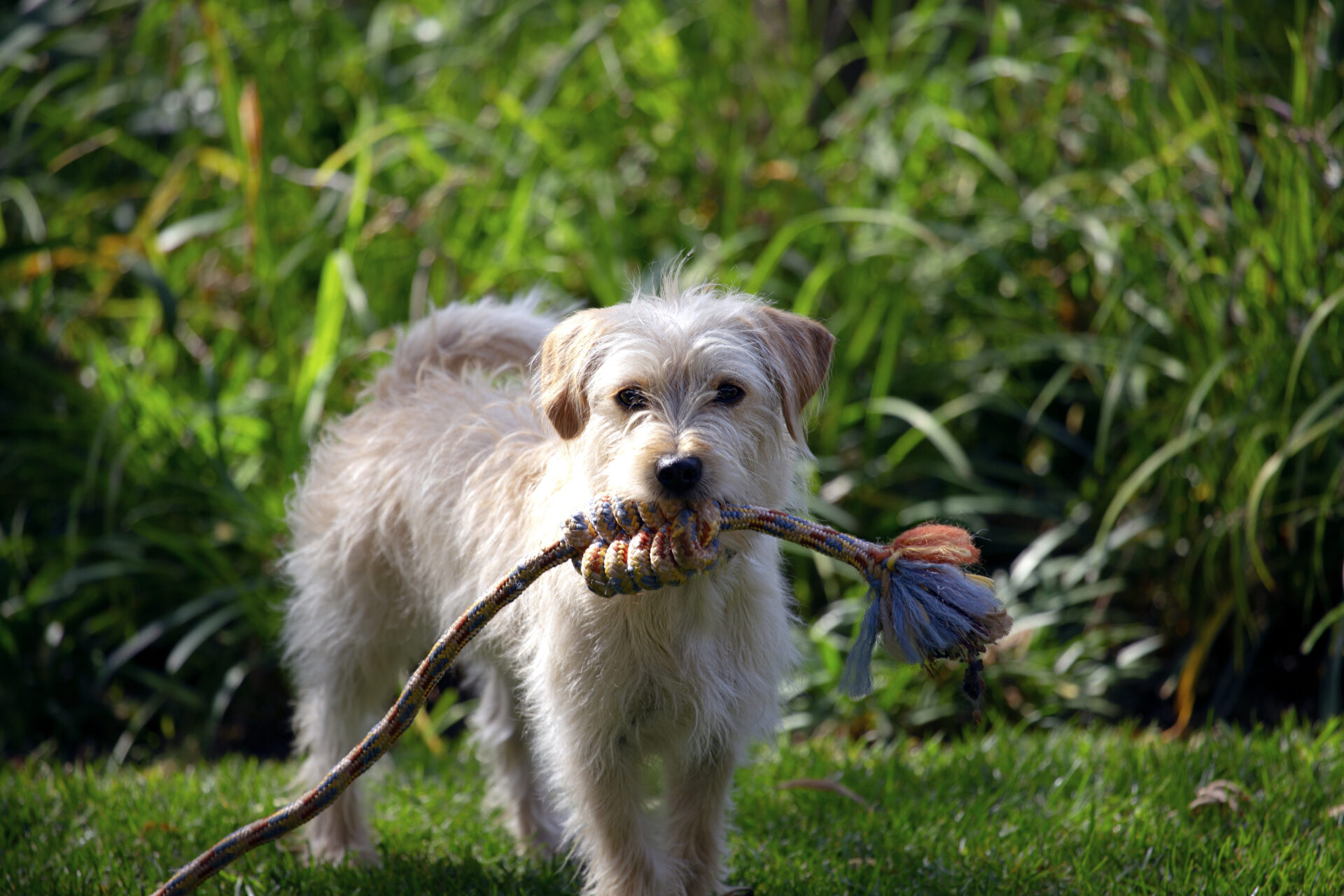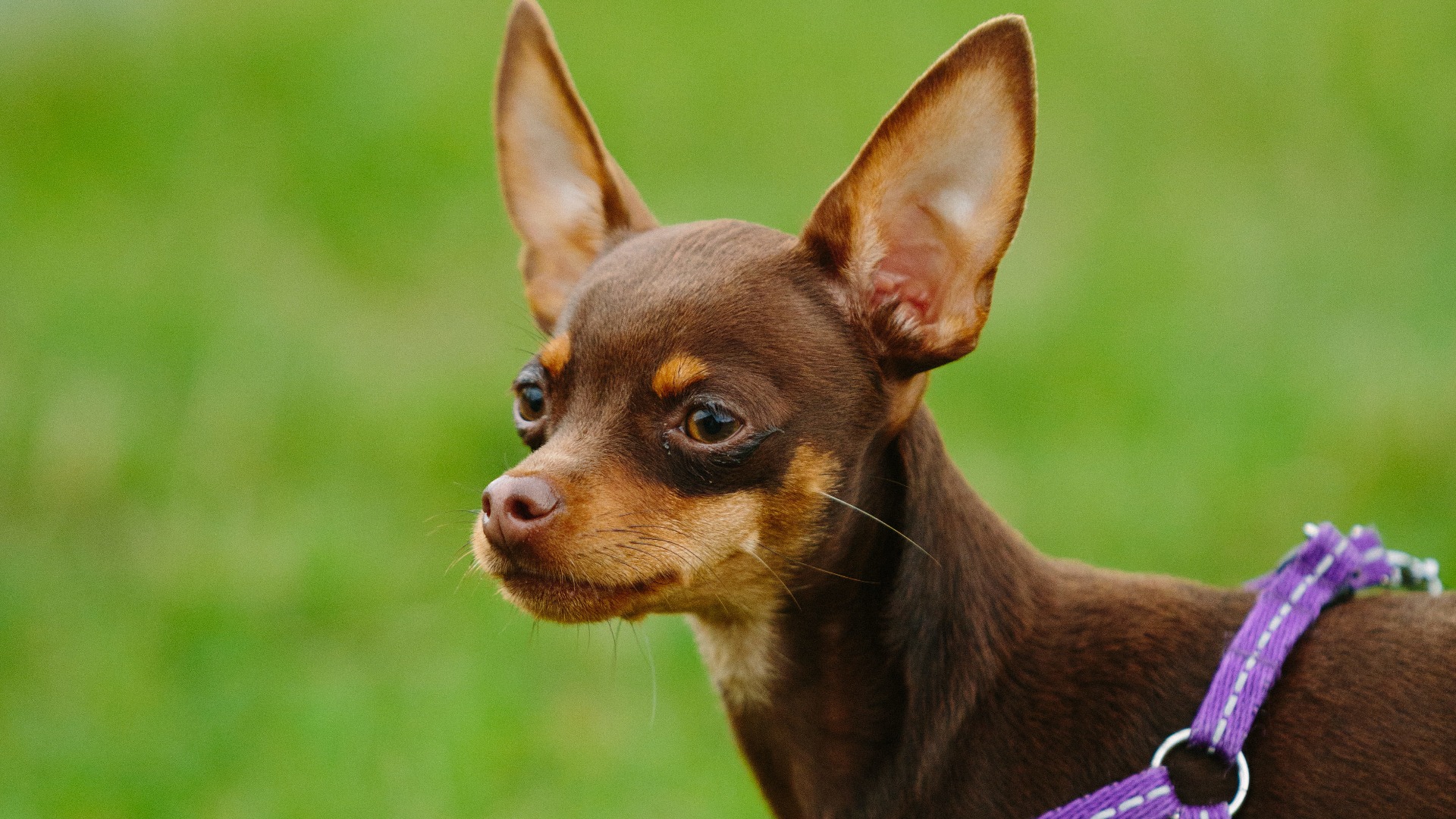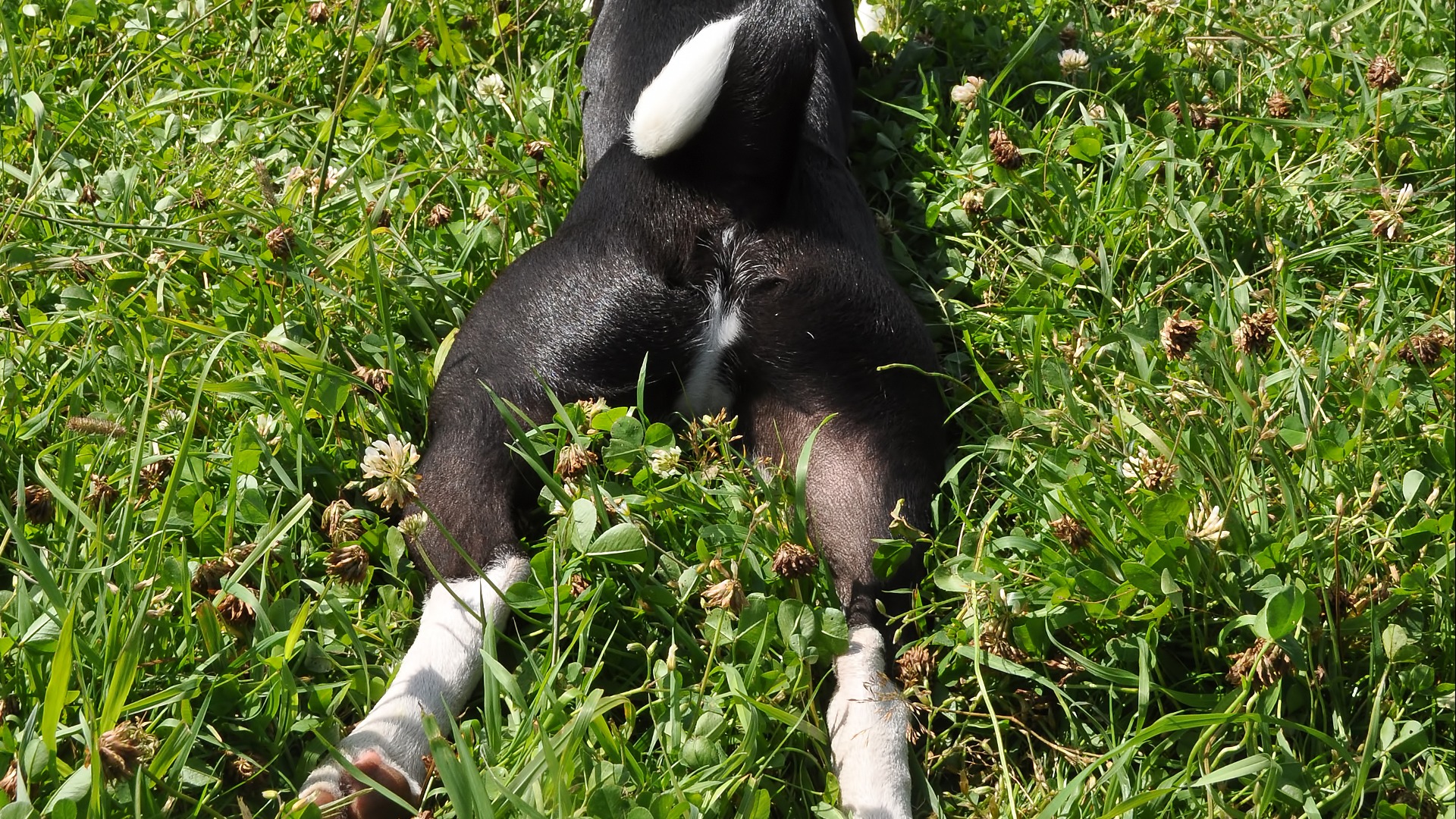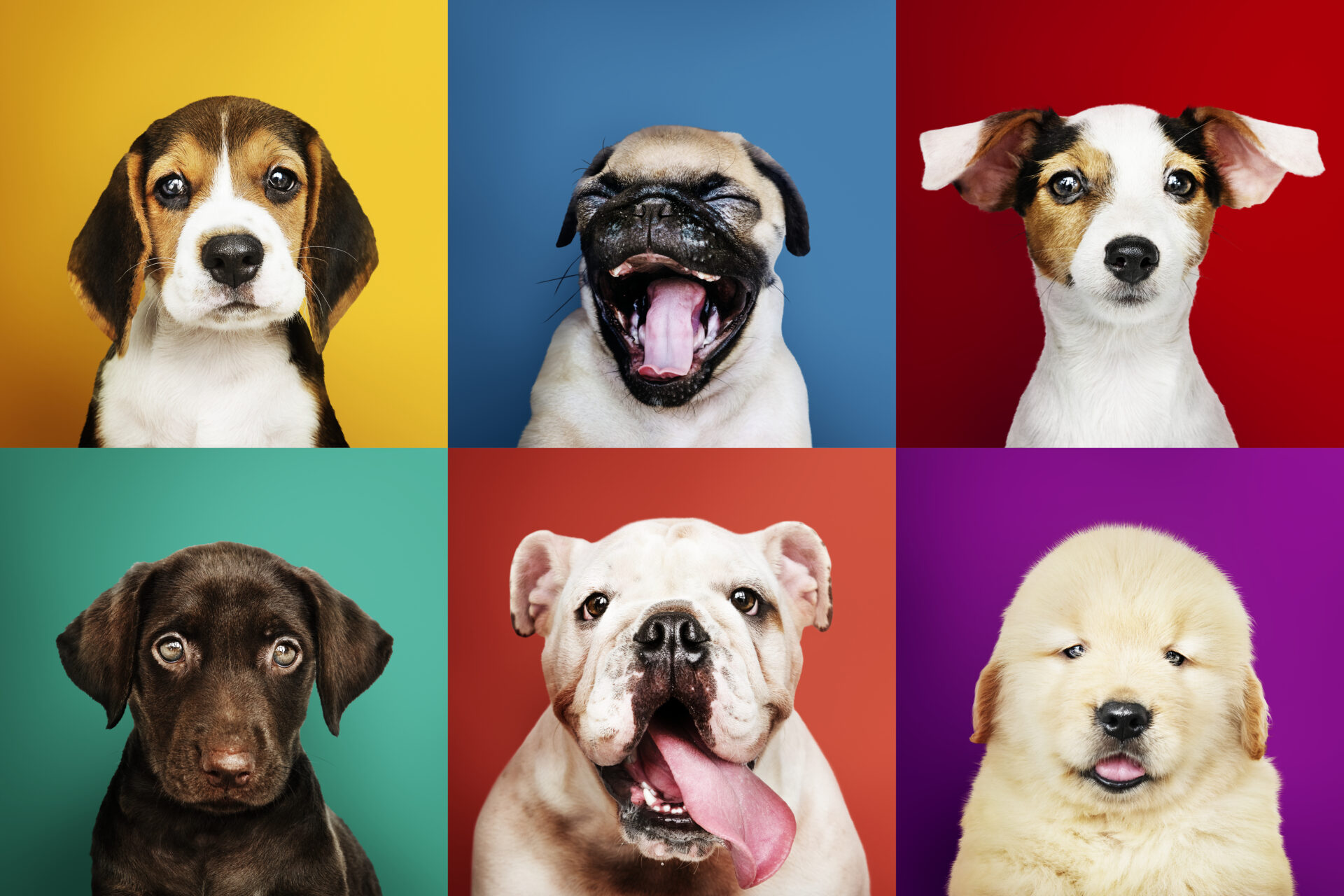Playing with the dog as an essential element of proper development
Play is one of the basic activities of a dog at any age. However, it plays a different role in different stages of development, it also differs in form and intensity. By undergoing transformation, play itself contributes to development. Undoubtedly, it plays the most important role in the puppy period and therefore is widely considered an element without which the psychophysical and social development of a dog cannot proceed properly. As a pet grows up, the aspects related to its upbringing, learning and entertainment create a process in which playing itself is important, not necessarily its result. This does not exclude the fact that playing with the dog is still beneficial and valuable for him. In addition to arousing joy and providing pleasure, play also performs important functions, in particular educating, emotional and therapeutic.
Advantages of playing with a dog
There are various theories about the positive benefits that play can play in your dog's life. One of the most popular claims is that the game prepares puppies for adult life, so that they acquire the motor skills they need for hunting, reproduction, postural behavior (reducing and increasing the distance) and building hierarchical relationships. In addition, play improves understanding of communication signals sent by playmates. As a result, it improves understanding and deepens the relationship between the players. In this aspect, it is particularly important for building a strong bond and a positive relationship with the caregiver.
In addition, play plays a large role in physical development, enables the improvement of motor skills, influences the development of muscle mass, supports the work of certain nervous structures (including those responsible for good balance) and supports the work of nerve connections. While playing, dogs can discover their limitations, gain psychophysical fitness and identify unforeseen events. They learn to overcome difficulties, acquire the ability to cope with unfavorable situations. In addition to these values, play has other benefits. The dog handler can also use play as an educational tool to support emotional control and frustration tolerance training. Since play is supposed to be fun, it can be used as a reward and reinforcement of desired behavior in the dog (e.g. learning new commands, hush). In addition, research shows that training combined with play gains significantly in effectiveness.
How do we know if a pet wants to play?
Playing with a dog should be fun, safe and based on the skills and needs of the pet. One dog likes the good old "retrieve stick", another prefers to try to tear the toy out of the handler's hand. In addition, it is important to catch the moment when the mentee signals the willingness to play. This can happen in different ways. Probably everyone knows this characteristic position - the front legs are put forward, the front part of the body is lowered, the back is lifted high up and the tail is wagging strongly. However, not all dogs are willing to play this way. Other quadrupeds draw attention to themselves by jumping or running frantically, still others bring their favorite object and throw it at their guardian's feet. It also happens that the pet raises its paws in a pleading gesture or makes a kind of "asking face".
Safe and fun playing with the dog - the most important rules
Regardless of how the pet signals the need for joint activity, it is worth using the invitation, bearing in mind that the fun should be carried out according to certain rules. Playing with a dog must provide positive impressions for both parties, so you should never force your pet to be active. We should not encourage our four-legged friend to play immediately after a meal (wait at least an hour). We offer him exercises and games when he is healthy, rested, well-rested and shows a willingness to be active together. On the other hand, you should not succumb to the pet's teasing and pressure to play at a time that is not suitable for us.
When playing with your dog, you should choose activities that your pet can cope with and those that give him the greatest joy. The toys used while playing with the dog must be safe and matched to the individual needs, abilities and dimensions of the pet. During intense play, it is worth thinking about breaks, and after completing the exercises, let the mentee rest. The forms of thanks and rewards for having fun together can be both petting and cuddling as well as verbal praise. However, when rewarding with delicacies and snacks, it is worth approaching with caution.
Playing with the dog - summary
Playing with dogs promotes their physical and intellectual development and encourages them to better understand their surroundings. It gives the opportunity to learn the basic principles of behavior, develop skills and abilities. It teaches you to control your temperament and react appropriately to stimuli. Due to the fact that play is essential for the proper development of a dog, these aspects only additionally emphasize the importance of incorporating proper play into the daily routine of a dog at any age.
Maybe you'll like it:



